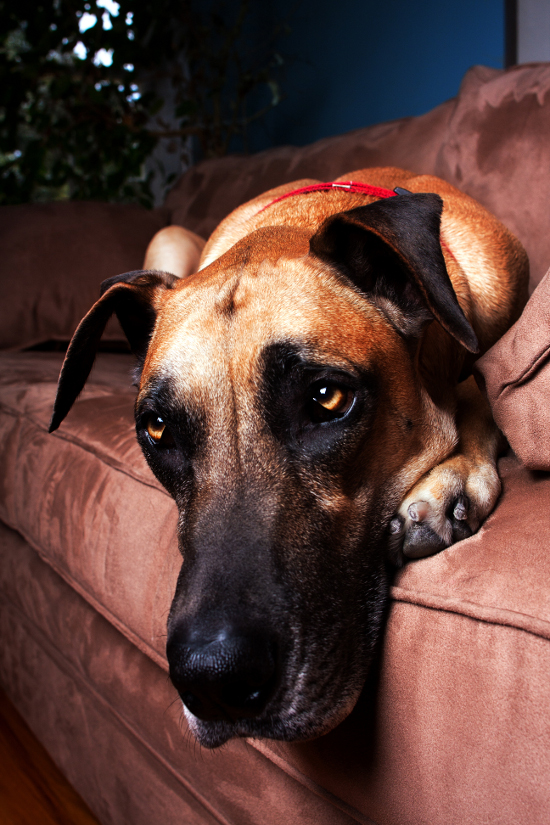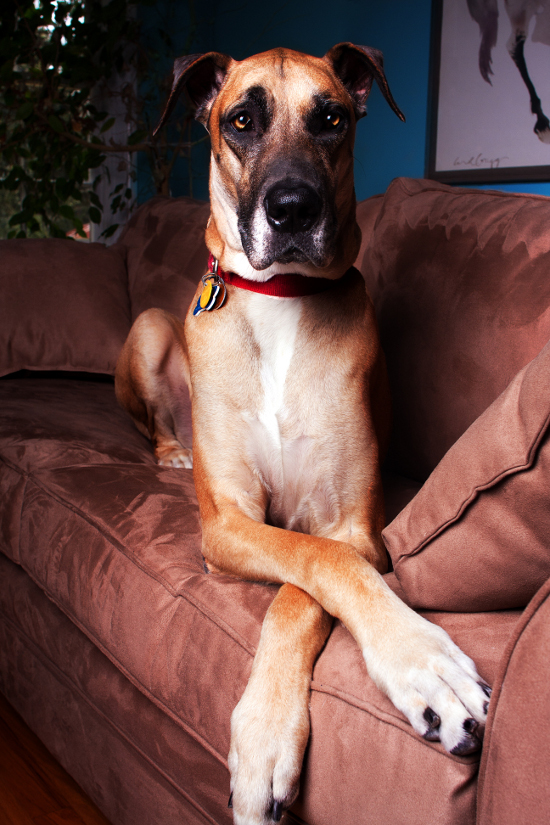 We all know that the lingering scents of fresh pencil shavings, pristine looseleaf and never-before-used pink eraser are enough to make any child groan with dread, but did you know that the back to school season can also affect your pets?
We all know that the lingering scents of fresh pencil shavings, pristine looseleaf and never-before-used pink eraser are enough to make any child groan with dread, but did you know that the back to school season can also affect your pets?
As youngsters catch the early morning bus, teenagers pack up for college dorms and parents return to work for fall, many pets are inevitably left at home alone for extended periods of time, confused and even depressed by the shift in household dynamics.
What are back-to-school pet blues?
This phenomenon is called ‘back to school pet blues,’ when dogs and cats in particular go through something of a ‘mood funk’ as everybody heads back to the classroom. Why does it happen? Well, put yourself in your pets’ paws. Summer holidays are jam-packed with trips to the cottage, lots of extra walks, lively playtime and best of all there’s always somebody around to snuggle up to. Then all of a sudden, the leaves change colour and everybody disappears without explanation. Wouldn’t you be a little sad too?
The disruption of routine between seasons can be more traumatic for some pets than others. For instance, herding breeds, like Border Collies, tend to perceive the children of a household as their respective ‘flock’ and their sudden absence can create feelings of boredom and anxiety.
Other signs that your pooch may be having some difficulty adapting to these changes can include destructive behaviour (like chewing furniture and scratching walls), separation anxiety, inactivity and even depression. Cats, on the other hand, are a little trickier to read and if emotionally stressed will resort to sleeping more than usual, changing their vocalization habits (either more or less depending upon the feline in question) and even spraying to vent their frustrations.
What can you do?
Although sadly nobody has the power to make summer last forever, there are measures you can take to ease your pet into the back to school transition. First and foremost it is important to maintain your pet’s feeding schedule.
Pets, like people, often look forward to their meals and are excited to hear the kibble bag rustle, so keep breakfast and supper at the same time everyday. Also, try to avoid drastically changing your pet’s times to go out – believe it or not, Mother Nature can also be trained to abide by a schedule and altering this without warning can be stressful, not to mention messy.
It is also vitally important to increase your pet’s physical activity, as the ‘feel good’ effect of endorphin’s also effects dogs and cats. Bring your pup with you on your morning jogs before work or have the kids take Fido out for playtime after dinner. Cats also benefit from more exercise and activities such as chasing fluff balls on string are a great way to keep kitties moving.
Of course quelling those sad puppy-dog eyes in the morning may seem impossible, but there are ways to reassure your pet that all is well while you’re away. Providing positive association with your absence is very important for a well-adjusted pet, so treat them to a new toy which they only get to play with when you take off for the day.
Challenging toys, like the Classic Kong or Tricky Treats Ball, are best as they require ‘working’ for a treat and will keep dogs entertained. It won’t take long for your canine chum to look forward to their special toy and inevitably the sound out your car pulling out of the driveway.
There is also the option of looking for doggy-daycares in your local area or hiring a dog-walker to let your pup out at lunch if you can’t make it back in time. Leaving an article of clothing out for your pet to sniff and lie down with while you’re away is never a bad idea either.
What not to do
It’s easy to feel guilty leaving your dog or cat for the day by themselves, but spontaneously getting another animal as a friend for the one left at home is not an ideal solution. Owners need to be aware of what is best for their family pet and adding a new animal to the household can create more stress, not less.
The addition of any new pet to a family home requires planning and time so that everyone involved can acclimatize to the new member and bond. It is unreasonable to expect your pet to become best friends with a new puppy all by themselves and if you’re not around to supervise territorial issues can potentially arise.
Back to school now
Anybody with kids knows that back to school requires a lot of preparation, shopping and encouragement. You want your child to succeed in the new semester and feel as comfortable as possible returning to the world of lockers and cafeterias. Similarly, pets need a bit of extra attention too during this busy time of year.
Don’t wait until the day your kids go back to start a new routine with your pet, but instead gradually introduce changes over the course of a couple of weeks. There’s no reason why every member of the family can’t earn an A+ for good behaviour this September.
{Photography by Laura Merikay}
